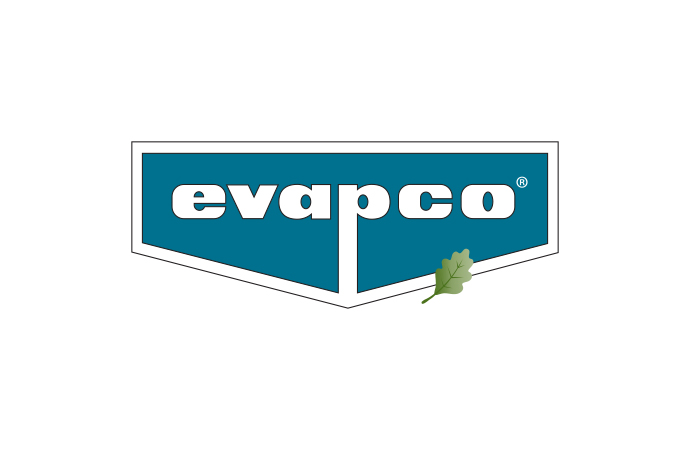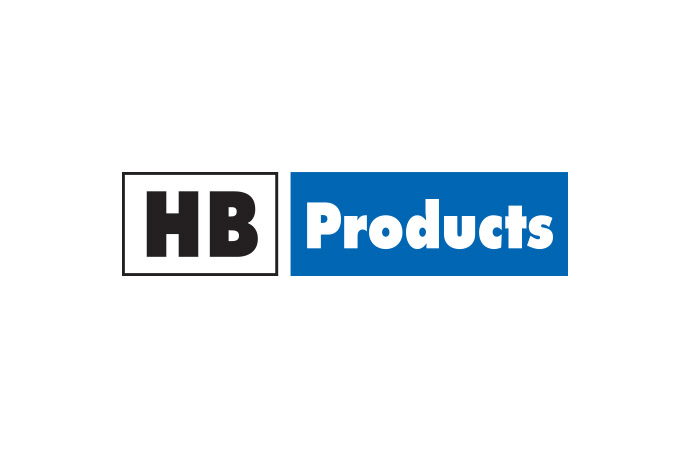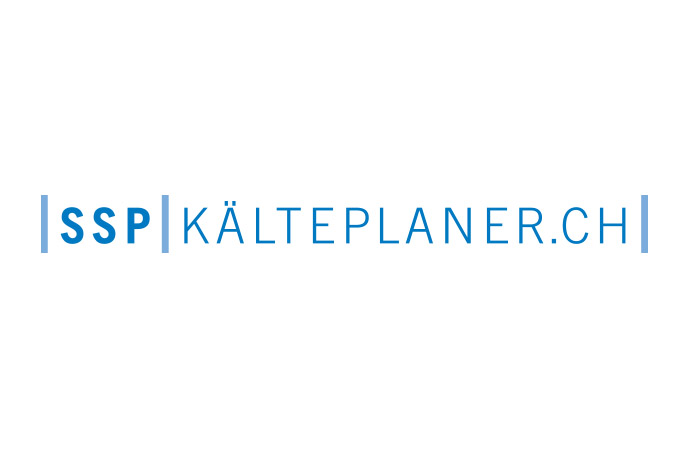New technical developments and safety classifications could spur the use of NH3 in supermarket refrigeration and other applications in the US, industry experts stressed during the American Society of Heating, Refrigerating and Air-Conditioning Engineers (ASHRAE) 2011 Winter Conference in Las Vegas. ammonia21.com reports.

Applying Natural Refrigerants in Supermarket Refrigeration: David Hinde, Manager of Research and Development for Hill Phoenix
Presenting at the conference on the application of natural refrigerants in supermarket refrigeration was David Hinde, R&D Manager of Hill Phoenix. Mr. Hinde outlined the possibilities for ammonia as a refrigerant in supermarket use, stating, “ammonia systems represent an efficient choice for warmer climates.”
He highlighted several opportunities with ammonia:
However, he also acknowledged a few challenges to use the refrigerant, stating that ammonia systems “have significant cost and training barriers to overcome for supermarket-sized systems.”
The main barriers Mr. Hinde outlined for ammonia include:
Ammonia – The Natural Refrigerant of the Past, Present and Future: Eric Smith, Technical Director of the International Institute of Ammonia Refrigeration (IIAR)
In a separate presentation, Mr. Smith, IIAR, highlighted several key properties of ammonia as a refrigerant gas, noting that it has the greatest heat of vaporization (BTU/Ibm) as well as the lowest brake horsepower per ton of common refrigerants at common temperature ranges.
New developments for ammonia he outlined include:
New safety classification brings new opportunities for ammonia
Ammonia has recently been reclassified by ASHRAE 34 as 2L for flammability. This new classification lies in between no flammability and low flammability. As such, the classification could also open up new possibilities for ammonia in the future, noted Mr. Smith.
In addition, the IMC has recently adopted the IIAR standard 2-2008 as the reference for ammonia systems. Mr. Smith believes that this could also help to clarify special code provisions for ammonia.
Presenting at the conference on the application of natural refrigerants in supermarket refrigeration was David Hinde, R&D Manager of Hill Phoenix. Mr. Hinde outlined the possibilities for ammonia as a refrigerant in supermarket use, stating, “ammonia systems represent an efficient choice for warmer climates.”
He highlighted several opportunities with ammonia:
- As a B2L rated fluid, ammonia can be combined with either a CO2 cascade system or a secondary fluid such as CO2 or glycol.
- It is already SNAP approved by the EPA
- Standards for systems exist (IIAR standards) but are not easily applied to small charge systems
- Primary driver for ammonia is energy
However, he also acknowledged a few challenges to use the refrigerant, stating that ammonia systems “have significant cost and training barriers to overcome for supermarket-sized systems.”
The main barriers Mr. Hinde outlined for ammonia include:
- Restrictions in local codes
- Public perception
- Limited small component availability
- System cost (Industrial vs. commercial)
- Access to qualified installation/service contractors
Ammonia – The Natural Refrigerant of the Past, Present and Future: Eric Smith, Technical Director of the International Institute of Ammonia Refrigeration (IIAR)
In a separate presentation, Mr. Smith, IIAR, highlighted several key properties of ammonia as a refrigerant gas, noting that it has the greatest heat of vaporization (BTU/Ibm) as well as the lowest brake horsepower per ton of common refrigerants at common temperature ranges.
New developments for ammonia he outlined include:
- Low charge systems using ammonia and CO2 in a cascade arrangement
- Low charge systems using ammonia and chilled desiccants.
- Packaged systems using ammonia and CO2: such systems are considered for use in supermarket applications, and they can be roof mounted, pre-assembled packages.
New safety classification brings new opportunities for ammonia
Ammonia has recently been reclassified by ASHRAE 34 as 2L for flammability. This new classification lies in between no flammability and low flammability. As such, the classification could also open up new possibilities for ammonia in the future, noted Mr. Smith.
In addition, the IMC has recently adopted the IIAR standard 2-2008 as the reference for ammonia systems. Mr. Smith believes that this could also help to clarify special code provisions for ammonia.
MORE INFORMATION
Related stories















_1522327086.png)


